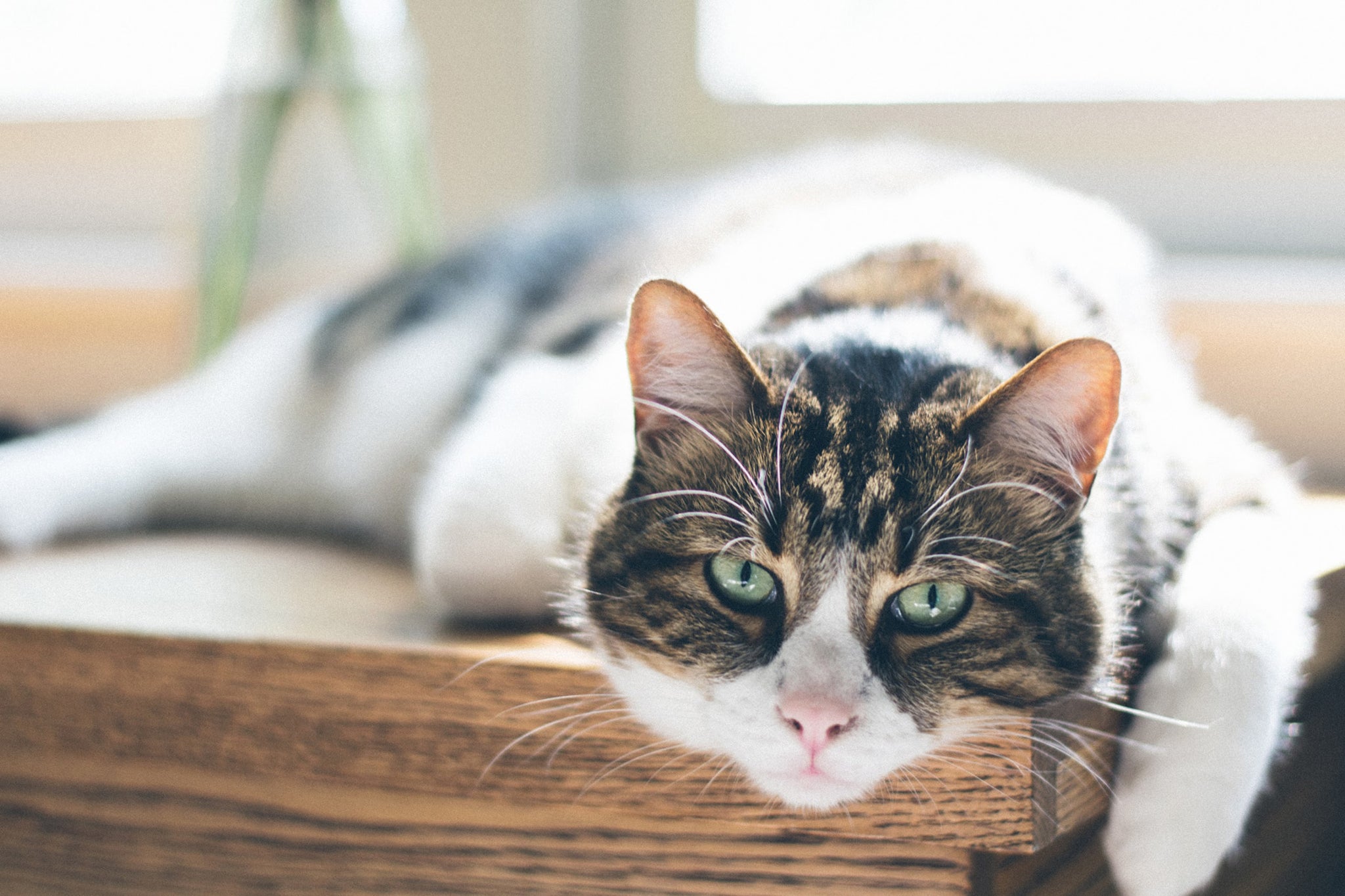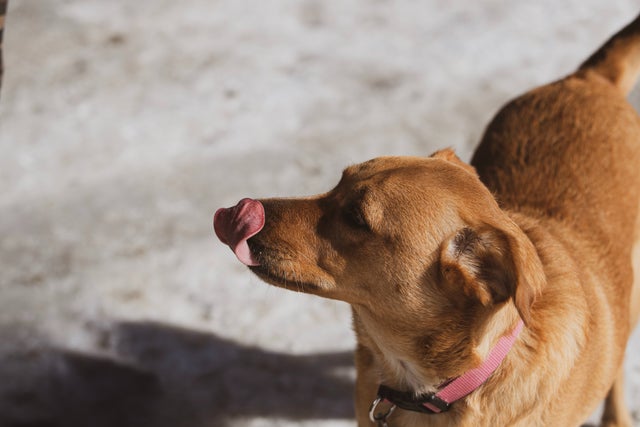It is estimated that about 1 in 200 to 250 cats are diagnosed with diabetes. Studies have found that Burmese cats are diagnosed with diabetes at an above average rate. Male cats, specifically neutered male cats, are also at a higher risk. While the exact cause of diabetes is unknown, many factors, such as genetics, weight, and environment, are thought to play a role in the development of the disease.
Signs
Diabetes occurs when blood sugar levels are too high due to an insulin deficiency or resistance. Because their body is not properly using insulin, you may observe some of your cat’s behaviors changing. If you notice excessive drinking, eating, urination, lethargy, or weight loss, these may be signs of diabetes.
Another sign of diabetes is a change in the way cats walk. This may be an early symptom of diabetic neuropathy. With diabetic neuropathy, high blood sugar affects the femoral nerves on the back legs. This causes a cat to walk on their heels, progressively damaging their joints and nerves. This can lead to pain, weakness, or paralysis. Along with diabetic neuropathy, diabetes increases a cat’s risk for ketoacidosis and hypoglycemia, which can be fatal.
Type 2
Type 2 diabetes, which is an insulin resistance, is more common in cats. Specifically, obese cats are at an increased risk for this type of diabetes. Long-term steroids that interfere with insulin function may also increase a cat’s risk. While type 1 diabetes is a chronic disease, type 2 may be reversible with healthy weight loss and insulin therapy.
Management
Insulin therapy is generally administered daily or twice daily for cats. Your veterinarian will guide you through everything you need to know about giving your cat these injections, and your cat will hardly feel the needle. Cats like routines and rewards, so try to establish a habit of giving them their insulin injections at the same time each day and rewarding them afterwards with playtime.
Playtime and a healthy diet, along with the insulin therapy, can help your cat reach a healthy weight. Talk with your veterinarian about how much you’re feeding your cat. You may be overfeeding them without knowing, and your veterinarian can help you establish a new, lower carb, higher protein diet with the right portion size for your cat.
If you notice signs in your cat and are concerned they might have diabetes, schedule an appointment with your veterinarian as soon as possible to discuss diagnosis and treatment procedures.




